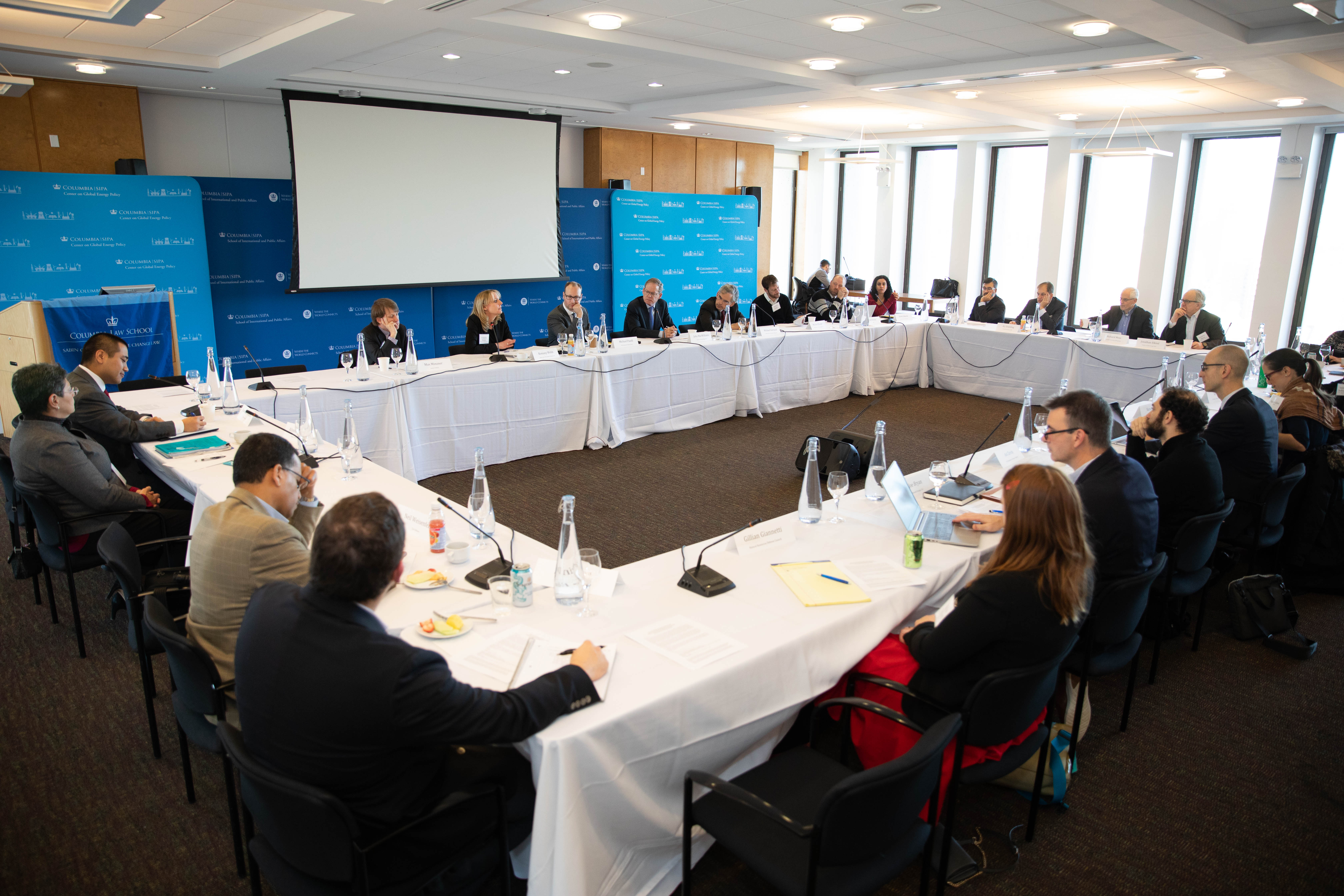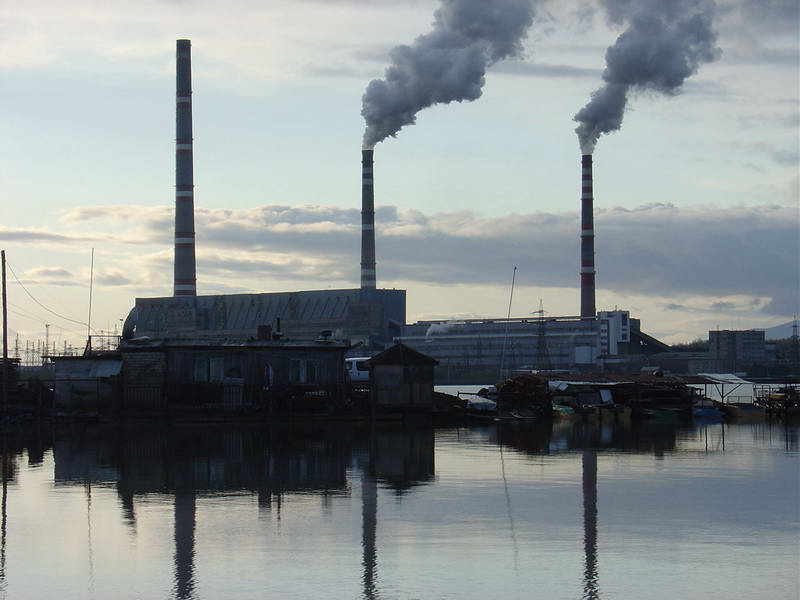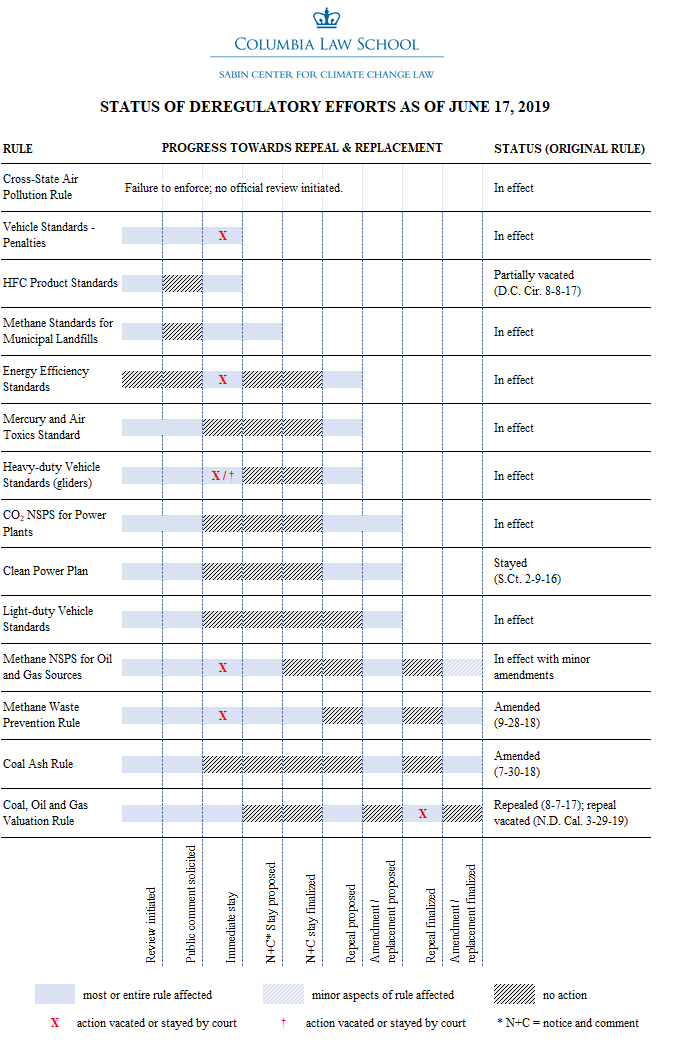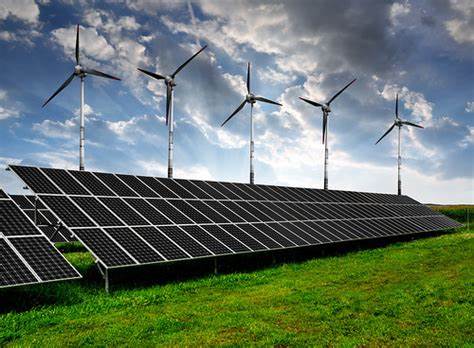by Alexis Saba
A new report by the Columbia Center for Climate Change Law and Columbia University’s Modi Research Group explores the technical and legal landscape for combined heat and power in New York City. Also known as CHP or cogeneration, combined heat and power is the simultaneous production of electricity and thermal energy from a single fuel source. There are around 150 CHP systems in New York, some of which partially power such well-known buildings or campuses as One Bryant Park, the New York Times Company, New York Presbyterian Hospital, the Bronx Zoo, and soon to come, Columbia University, the Bronx VA Medical Center, and 60 Hudson Street.
The benefits of CHP are numerous. By utilizing both the thermal and electrical energy of electricity generation, CHP systems are able to operate at very high efficiencies compared to conventional fossil fuel power plants, thus decreasing air pollution. CHP also contributes to grid reliability and serves as a demand response tool because it allows buildings to produce some of their own electricity, thus relieving stress on the grid and, during times of peak power use, displacing some of the need for costly, polluting power generation. CHP also can protect against health and security disasters when used to provide electricity and thermal energy to critical infrastructure.
The report examines how New York City is both a hospitable and difficult environment for CHP development. Working with a model of New York’s thermal and electrical use created by the Modi Research Group, the authors reveal how the City’s mixed-use buildings and neighborhoods allow for full use of the thermal and electrical power produced by CHP systems and how the hot summers and cool winters create a need for space chilling and heating. However, even with state incentives for CHP development and New York City’s goal of deploying 800 MW of distributed generation, there are hurdles to meeting the technical potential for CHP. Regulatory barriers such as the length of time to obtain permits and approvals as well as technical complications such as New York’s dense and complex utility infrastructure can add costs to and slow the development process.
After exploring the detailed hurdles to and opportunities for CHP in New York, the report makes recommendations that chart a path forward by focusing on collaborative policy changes and information sharing. There are locations were CHP may be particularly feasible—and therefore cheaper and faster to develop. The addition to technical analyses and maps of information such as gas line locations, electrical grid congestion, areas of needed and scheduled infrastructure repair, and the like would minimize existing hurdles and maximize the great potential for CHP in New York City. By embarking on targeted policy changes, sharing information, and enhancing analytical tools, all stakeholders to CHP development in New York can collectively tackle existing hurdles and open the door to vast energy savings and electrical grid reliability.
Of note: CCCL Director, Michael Gerrard, recently published an article in the New York Law Journal highlighting the legal hurdles to combined heat and power in New York City.




